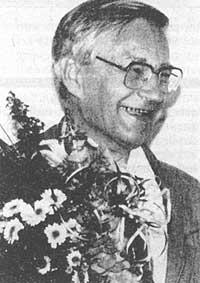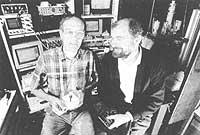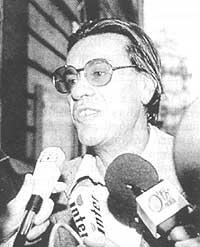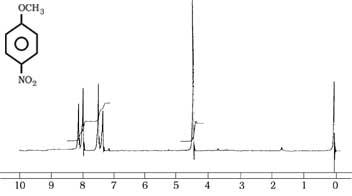Nobel laureates 1991
1991.Europe has been the year of the Nobel Prize in Science, since the four winners are European. This has not happened after 1948, which may indicate that Europe is regaining its place in the development of science. The curious data does not end like this. There are two others. First, there is no Anglo-Saxon among the winners; for the first time since 1938. And secondly, three of the four are of German culture. Is the situation of the beginning of the century repeated and the axis of the development of science will be in central Europe? Other information: Of the 18 European Nobel Laureates that have been since 1985, 14 have been German in culture.
Nuclear magnetic resonance imaging

The Nobel Prize in Chemistry has been awarded to Swiss Richard Ernst, who has developed a spectroscopic technique called nuclear magnetic resonance. This forty-eight year old researcher works at the Eidgenossische Technische Hochschule in Zurich. He has not invented EMN but has put in place procedures to improve the resolution of spectra obtained with this technique. EMN is based on the behavior of matter under magnetic fields and is a very useful technique for chemicals when you want to know the exact structure of substances and compounds. The use of MRI is not only limited to the analysis of matter, but at the beginning of the last decade it began to be used for the study of human tissues. Magnetic resonance imaging (MRI) is used in many hospitals as a diagnostic technique.
Ernst has made two major contributions to the development of EMN. On the one hand, it reduced the time required for the realization of spectra by the application of the technique called Fourier Transfomada and, in addition, increased the accuracy and resolution of them. On the other hand, it launched two-dimensional EMN. This technique has allowed analyzing molecules of thousands of atoms. This is very important in biology and biochemistry. In fact, both branches of science work with molecules of many atoms.
Ionic channels

The Nobel Prize in Medicine has been for two German physiologists: Erwin Neher, professor at Göttingen University, and Bert Sakmann, professor at Heilderberg University. However, most of his work has been done at the Max-Planck Institute. They found ionic channels. These channels cross the cell membranes and may be in contact with the environment around the cell. These two scientists managed to measure the electrical current that passes through these channels. In addition, it was found that each channel type corresponds to a specific ion. They opened a new field of work to biology.
Analyzing and discovering how these channels work, scientists have been able to understand many processes. For example: transmission of nerve pulses, fertilization of eggs, regulation of the heartbeat and mechanisms of certain diseases such as diabetes.
Phase changes

The Nobel Prize in Physics has been for a French physicist, Pierre-Gilles de Gennes. The prize has been awarded for the donation of mathematical models that indicate how the molecules of a solidified liquid act. The reader may now wonder what applications this theoretical work has or what it serves. On the one hand, the basis for commercially exploiting liquid crystals is in the theoretical expressions given by Gennes. On the other hand, it has helped to know the behavior of liquid polymers. For example, it has been possible to know how long-chain molten polymers move, the essence of their viscosity.

Buletina
Bidali zure helbide elektronikoa eta jaso asteroko buletina zure sarrera-ontzian











